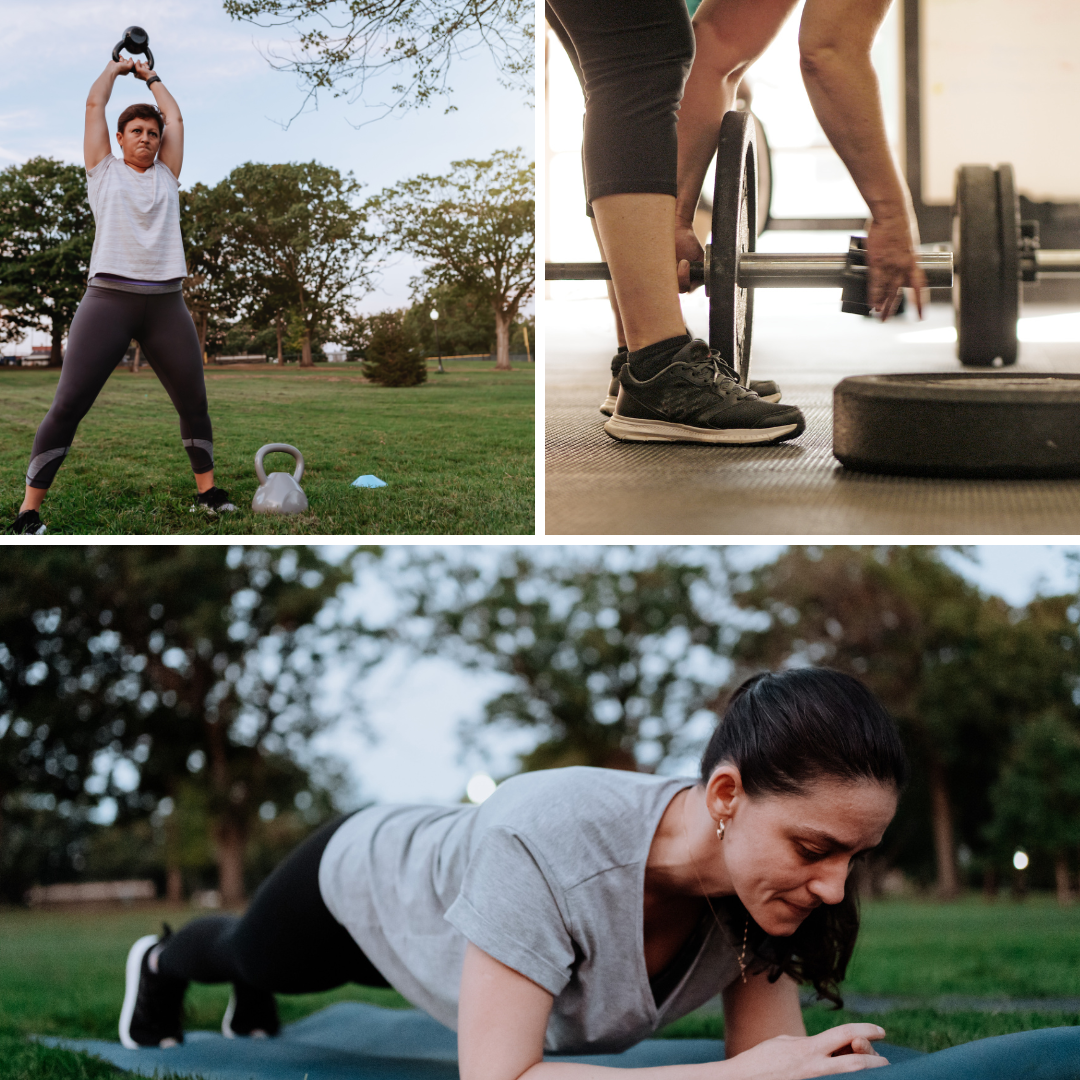Embrace the Power of Movement and Healthy Eating in Midlife
As you navigate through midlife, your relationship with exercise and healthy eating becomes increasingly essential. Many women find themselves struggling with outdated societal narratives that discourage physical activity and proper nutrition and are confused by the conflicting ‘noise’ found in social media... However, embracing movement and a balanced eating pattern diet can lead to a vibrant, healthy life.
In this blog post, you'll explore how resetting your mindset around exercise and nutrition can transform your midlife journey. Learn how to overcome common obstacles, incorporate effective workout routines, and adopt healthy eating habits that support your overall well-being and vitality as you age.
The Profound Dual Purpose of Travel: Lost and Found
Traveling goes far beyond exploring new landscapes and experiencing different cultures; it’s a journey of self-discovery and transformation. In the words of George Santayana, travel is both a means to lose and find ourselves. Beyond the familiar narrative presented in newspapers and media, travel offers a unique perspective that sharpens our awareness, challenges our assumptions, and enriches our understanding of the world.
Unlocking the Secrets to Aging Gracefully
Aging is inevitable, but it doesn't mean we must passively accept its effects. This comprehensive blog post explores the power of functional training in defying the physiological challenges of aging. Functional training is vital in preserving youthful vitality.
Discover how functional training can defy the physiological challenges of aging. Explore what functional training is and why it's crucial for preserving vitality as you age. Whether you're new to muscle fitness or looking to enhance your current routine, this comprehensive guide provides valuable insights into aging gracefully.
Women are Underrepresented in Research. Why Should You Care?
As a woman, you have unique health needs and experiences that can differ from those of men. If women are underrepresented in research studies, the results may not accurately reflect their health outcomes or address their health concerns. This could lead to inaccurate diagnoses, ineffective treatments, and missed opportunities for preventative care. We need equity and fairness in research funding. Research is critical for advancing our understanding of diseases, treatments, and health outcomes.
Tips for Better Sleep
We all want to feel well rested and alert after a night’s sleep to face a day with joy and optimism, but few people realize that a poor night’s sleep is detrimental to our long-term mental and physical health.
Ditch Fad Diets: Become a Conscious and Intentional Eater in Midlife
Midlife weight gain is one of your biggest challenges, yet you don’t want to jump on another diet fad only to be disappointed again. So what do you do? Start with mindful and intuitive eating strategies to develop an awareness of the relationship between what and how much you eat and your body, feelings, mind, and their interconnectedness. It’s hard to focus on what to eat to live well and flourish unless you can first eat in a way that brings you joy, fills you up, and frees you from the black-and-white diet culture.
5 Ways to Reinvent Your Career
Today’s midlife women came of age during an era where women were told they could have it all; family, career, and fulfilling life where they could shape their destiny and choose their path.
We’ve spent the last year speaking with amazing midlife women who felt that same rumbling and have reimagined their lives and reinvented themselves to design a path for themselves that is more aligned with their values. They’ve reinvigorated their careers, built businesses, or taken risks to create a life to live well and flourish.
Read their advice and listen to your inner RUMBLING. You can take steps to align your career with your values to flourish through midlife.
5 Lessons from A Fashion After 50 Event to Inspire Midlife Women
Over 200 midlife women attended a Rumblings’ Fashion Week MN event. It was an enormous undertaking and a departure from our previous events and outside our ‘self-defined expertise.
Planning the event and meeting new amazing women was fun and exciting. The immediate excitement of the event has ebbed. What hasn’t faded is the energy and new way of thinking and self-discovery from doing something different, a bit scary, but a lot of fun!
Aside from the new friends we met and all we learned about fashion, business, and ourselves, several takeaways will inspire us as we plan future events. We hope it will inspire you to continue to learn, connect, and empower other women so that we can all flourish in midlife.
Don’t miss a blog post - sign up for the Rumblings emails to receive posts delivered straight to you email inbox!








